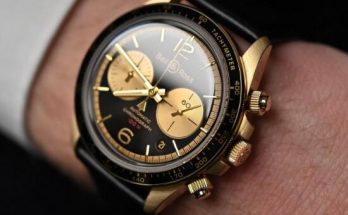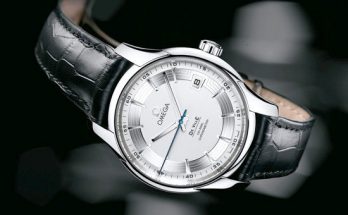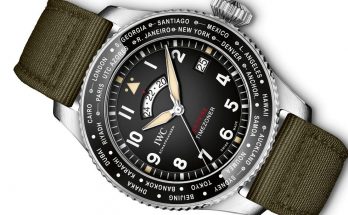— The Traveller Large Date, Moon Phases & GMT, Limited Edition Traveller John Harrison pays tribute to the inventor of the marine chronometer.
2014 marks the tercentenary of the passing of the Longitude Act by the British Parliament. By this official Act of Parliament, adopted in 1714 and motivated notably by a terrible shipwreck near the Isles of Scilly which led to hundreds of sailors losing their lives, the British Government set up the Board of Longitude, an organism intended to judge the feasibility of methods proposed to measure a ship’s longitude at sea.
In 1735, John Harrison, an English carpenter and self-taught clockmaker born in 1693, presented the first instrument that was truly worthy of interest and had a real chance of providing a solution to the thorny problem of the calculation of a ship’s longitude. With this first marine clock (known as the H-1), Harrison proved that longitude could indeed be calculated by the use at sea of marine clocks, marine chronometers and subsequently by specially devised replica watches. His discovery would also spur on the clockmaking profession and encourage his contemporaries and competitors to throw themselves into the race to achieve truly accurate timekeeping.
In the following years, Harrison presented four other versions – H-2, H-3, H-4, a hyper-accurate pocket Rolex replica watch, and H-5, which produced outstanding results.
By commemorating the tercentenary of the Longitude Act, Girard-Perregaux pays tribute to John Harrison. Thanks to the daily calculation of latitude and longitude, sailors were henceforth able to determine their position with precision and thus set out to explore and conquer hitherto unknown territories.
Traveller Large Date, Moon Phases & GMT, Limited Edition Traveller John Harrison.
© Girard-Perregaux
The Traveller Large Date, Moon Phase & GMT Tribute to John Harrison watch (that was presented by Girard-Perregaux together with the The Traveller Large Date, Moon Phase & GMT), is a limited-series edition restricted to 50 pieces in 18K pink gold. This 44 mm-diameter Omega replica watch worn on an alligator-skin strap features a special dial for the occasion and a case-back carrying the words “Tribute to John Harrison”.
This dial has been elaborated so as to recall John Harrison’s contribution to the science. One of the meridians engraved onto the dial is highlighted thanks to an added applied graduation. This representation is designed to illustrate the original prime meridian, corresponding to that of Greenwich in England. In the second time-zone counter is inserted a map of Western Europe, in black on an anthracite-gray background. Vivid red is used to mark out Great Britain, John Harrison’s mother country, which, thanks to this clockmaker’s invention and to the might of its Empire, imposed the Greenwich Meridian as the standard time reference for the entire world.
It will be noted that the original meridian here passes through the moon phase window, the realistic representation of which has been achieved by the delicate process of metal-plating a diminutive disk. Its presence here is surely no accident, since a footnote to history relates that John Harrison was engaged in a dispute with the Astronomer Royal, Nevil Maskelyne who was for his part keen to promote the calculation of longitude by astronomical techniques, and in particular by the “Method of Lunar Distances”.
The Traveller John Harrison replica watches is a limited-series edition restricted to 50 pieces in 18K pink gold.
© Girard-Perregaux Swiss Replica Watches


